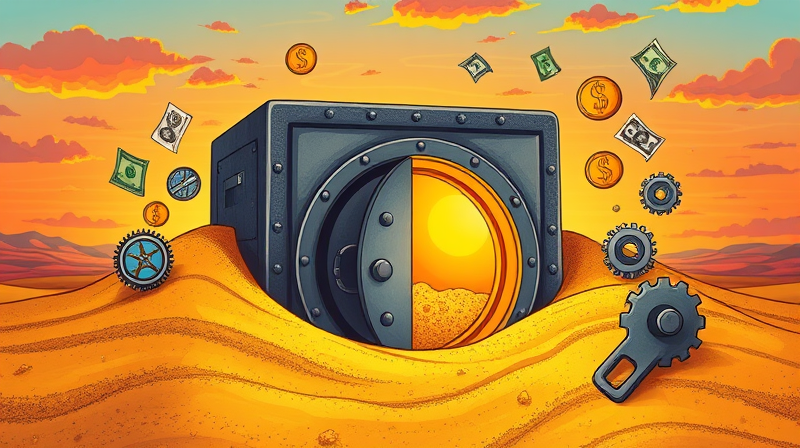
Having a well-funded buffer can transform how you handle life’s unexpected twists and turns. It’s more than just money in a bank account—it’s peace of mind when you need it most. This guide will walk you through why a buffer matters, how much to save, and practical steps to build one.
A financial buffer, often called a cash cushion or savings buffer, is a dedicated reserve of money set aside to absorb unexpected expenses or short-term disruptions. Unlike a full emergency fund designed for major crises like job loss or medical emergencies, buffers handle more frequent, minor setbacks—think urgent car repairs or sudden tax bills.
The core purpose of a buffer is to act as your safety net against debt, ensuring you don’t rely on high-interest credit or dip into long-term investments. By keeping your short-term needs separate, you maintain strategic agility and avoid derailing broader financial goals.
Financial buffers offer stability when income is unpredictable—essential for freelancers, entrepreneurs, or anyone living paycheck to paycheck. With a buffer, you can cover rent, groceries, or supplier invoices even if cash flow dries up for a period.
Ultimately, a buffer empowers you to respond to surprises proactively, rather than scrambling for funds in a crisis.
How much you need depends on your circumstances. For personal finances, experts often recommend saving enough to cover three months of essential expenses—rent, utilities, food, and insurance. For minor shocks like urgent repairs or fines, a smaller cushion of $200 to $1,000 may suffice.
Businesses assess their fixed operating costs—payroll, rent, utilities—and aim for at least three months’ worth of coverage. Those with highly variable revenue streams or cyclical industries might target even larger reserves.
Remember, the most important step is start building now, even if your initial goal is modest.
Keep your buffer in a separate account—ideally a high-yield savings or money market account. This separation reduces temptation and ensures funds remain liquid and accessible.
Avoid parking your buffer in volatile assets like stocks or cryptocurrencies. Your priority is capital preservation and immediate access, not high returns.
For businesses, renegotiate supplier terms and manage accounts payable proactively to preserve cash flow.
Beyond the numbers, buffers deliver reduced financial stress and better sleep. With a cushion in place, you avoid the scarcity mindset that narrows your options and fosters anxiety.
A healthy buffer gives you the freedom to say no to bad deals and focus on high-value opportunities. It fosters confidence, allowing leaders and individuals alike to make strategic decisions without panic.
Many people wait until a crisis forces their hand. Don’t procrastinate—building a buffer should be proactive, not reactive. Start today, even with small contributions.
Be disciplined about fund access: use your buffer only for genuine emergencies. Mixing buffer funds with long-term savings or investment goals weakens its protective role.
Review and adjust your buffer annually—or after significant life events like moving, career changes, or adding family members.
National employment funds often maintain reserves equating to a percentage of annual expenditures, ensuring economic cycles don’t cripple their budgets. For instance, one European fund holds enough to cover benefits for a sudden 6% unemployment spike.
In a survey of SMEs, 71% of owners admitted tapping personal savings when business buffers were insufficient. This statistic underscores the vital role a dedicated buffer plays in small business resilience.
Creating a financial buffer is more than a budgeting exercise—it’s a mindset shift toward preparedness and resilience. By setting clear targets, automating your savings, and protecting those funds, you build a foundation for long-term stability.
Whether you’re navigating personal uncertainties or steering a growing company, your buffer is your first line of defense. Embrace the discipline today, and gain the confidence to face tomorrow’s challenges with calm assurance.
References













